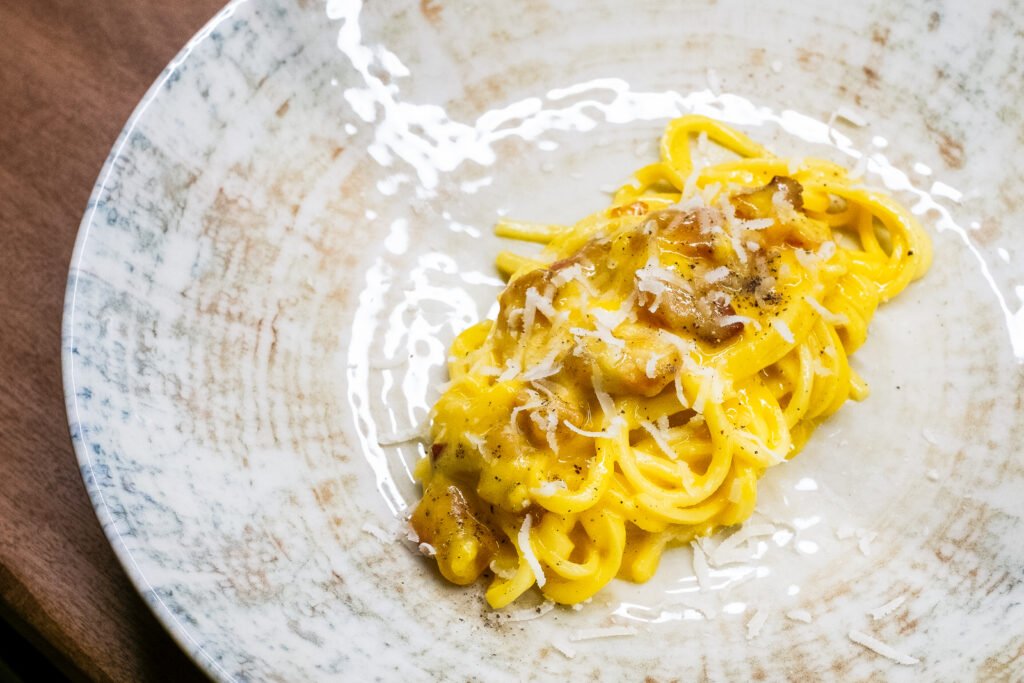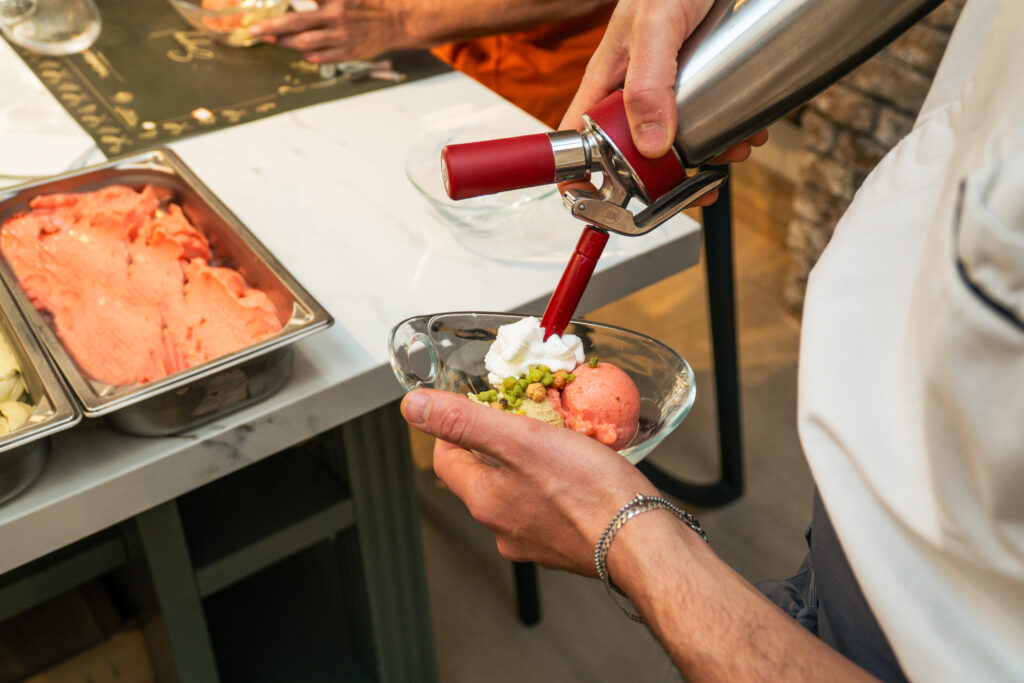Situated on the east bank of the River Tiber, a stone’s throw from the city’s ancient centre, Rome’s Jewish Ghetto is a unique and fascinating neighbourhood, characterised by its own distinct architecture and distinctive culinary heritage. Today, the few cobbled streets and squares that make up this district are peaceful, picturesque, and bustling with the buzz of daily Roman life. But the Jewish Ghetto in Rome sits upon a darker, more sinister history, some harkening back to the Middle Ages, some much more recent.
A Brief History of Rome’s Jewish Ghetto
Rome has been home to a thriving Jewish community since the days of Julius Caesar and the expansion of the Roman Republic into the Middle East. For a long time, Rome’s Jews lived in Trastevere, together with other foreign cultures of the ancient world. But with the rise of the Papal States in the Middle Ages, and the persecutions against the Jews that followed, the city’s Jewish residents were forced to settle in a segregated area of the city.
Rome’s Jewish Ghetto was created in 1555 by Pope Paul IV, who envisaged a restrictive, punitive area where the city’s Jewish residents were locked behind gates at night. The site of this confinement was right next to the River Tiber, which flooded regularly, turning the ghetto’s streets into canals and inundating the area with disease.
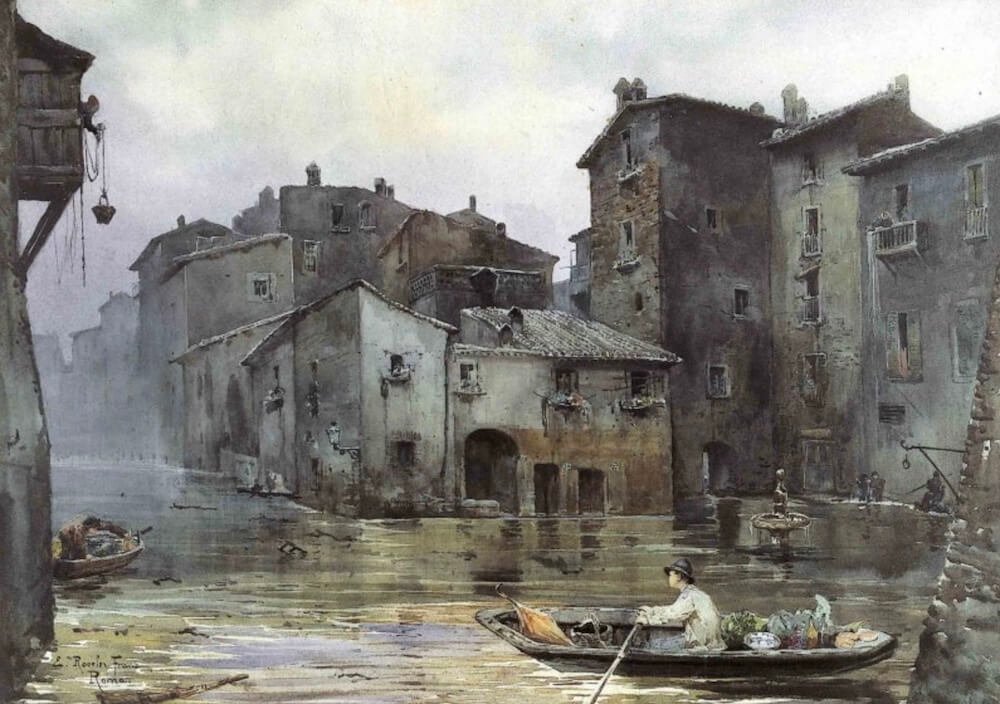
Yet despite severe restrictions, attempts at forced conversions, and endemic hardships, the community cultivated a resilient cultural identity. The ghetto walls were demolished in 1888, symbolising freedom and integration for Rome’s Jewish community. But this was to be short-lived; the Nazi Occupation of Italy brought with it a surge in Antisemitic activities, culminating in the rastrellamento (liquidation) of the Jewish Ghetto on October 16th, 1944.
Despite suffering such atrocities, Rome’s Jewish community held strong, drawing on both internal support and that of the wider Roman community. Now, four generations later, the Jewish Ghetto is thriving. Its vibrant culture and unique identity make it one of Rome’s most fascinating historical neighbourhoods, and one that stands as both a reminder of historical struggles and a celebration of perseverance, cultural richness, and diversity.
What to See in the Jewish Ghetto
Exploring the Jewish Ghetto means stepping back in time while experiencing modern-day Roman charm. Here are some highlights:
The Great Synagogue of Rome
Built between 1901 and 1904, this stunning synagogue is renowned for its impressive architecture and houses the Jewish Museum of Rome, which beautifully documents the community’s gripping history. The beautiful, rainbow colours of its dome are worth seeing alone.
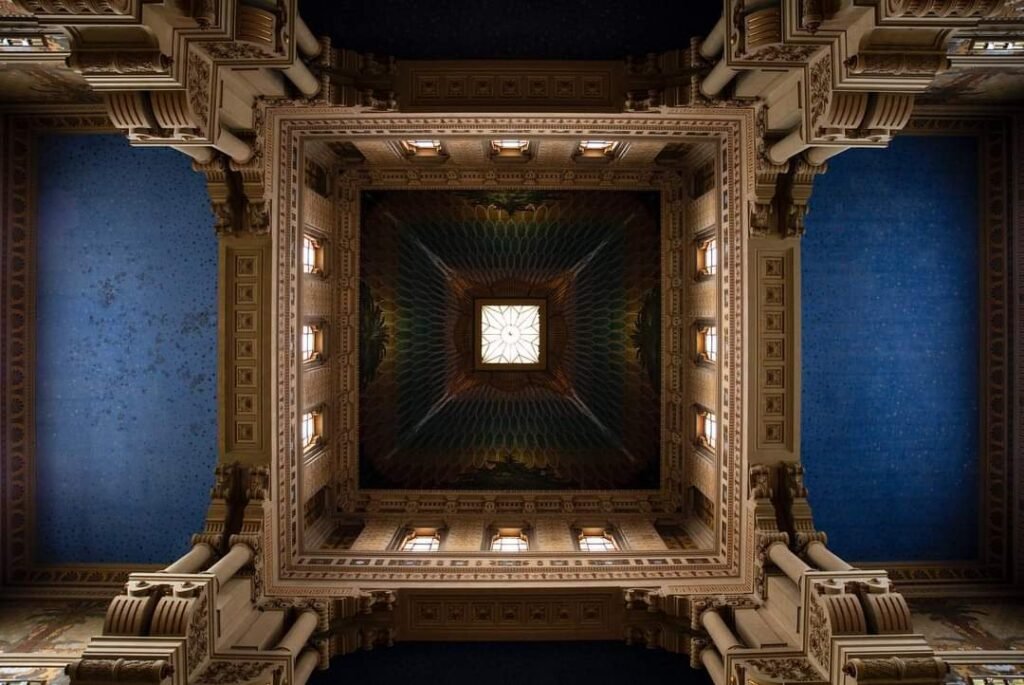
The Theatre of Marcellus
Started under Caesar and finished under Augustus, this ancient Roman theatre predates the Colosseum by some 85 years. It is named after the first emperor Augustus’s heir and nephew, Marcellus, whose mother, Octavia, lent her name to the portico situated to its east. Still today, the theatre hosts musical and theatrical performances.
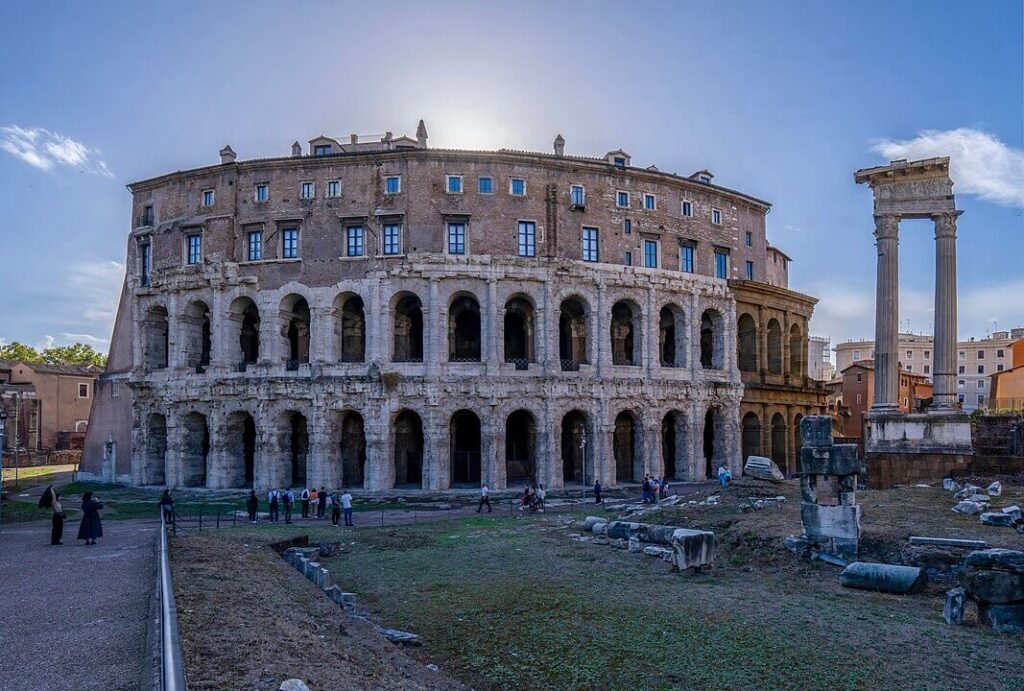
Portico of Octavia
Dating back to the 2nd century BC, but refurbished in its present form in the late 1st century AD, this impressive structure provides a scenic entrance into the heart of the neighbourhood. During the Middle Ages, the main portico was used as a fish market, which gave its name to the present Church of Sant’Angelo in Pescheria (St Angelo in the Fish Market), built in 770.
Piazza Mattei and the Turtle Fountain
Situated on the outskirts of the Jewish Ghetto, just south of Largo di Torre Argentina and the site of Julius Caesar’s assassination, Piazza Mattei is a charming little square with a quirky centrepiece: the flowing Fontana delle Tartarughe (Turtle Fountain) from the late 16th century.
Sampling the Ghetto’s Cuisine: La Cucina Ebraica-Romana
Many of the Jewish Ghetto’s modern-day visitors come to sample the neighbourhood’s unique cuisine, known as la cucina ebraica-romana, a delicious fusion cuisine that blends ancient Jewish recipes with Roman culinary traditions.
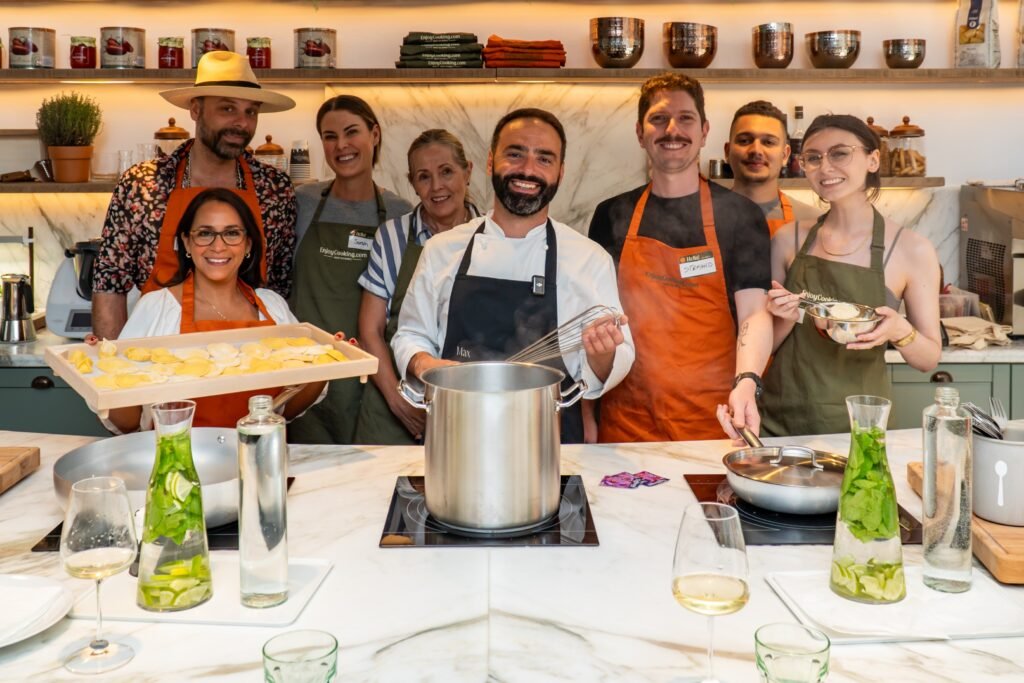
Signature dishes of Jewish-Roman cuisine include carciofi alla giudia (crispy, delicious deep-fried artichokes), supplì: Crispy fried rice balls filled with mozzarella, a beloved street-food snack, and coda alla vaccinara: a rich Roman-Jewish oxtail stew that’s as hearty as it is comforting.
Street Food in Rome: Don’t Miss These Must-Try Delicacies
Savour the Flavours of the Ghetto on an Authentic Cooking Class
To truly immerse yourself in the traditions of the Jewish Ghetto, participating in an authentic cooking class is an absolute must.
Located right in the heart of Rome’s Jewish Ghetto, on Piazza Mattei, Enjoy Cooking offers an unforgettable culinary experience. Led by expert chefs, you’ll learn to prepare traditional cucina ebraica-romana dishes from scratch, using age-old recipes and fresh, local ingredients.
Whether you’re making your first supplí from scratch, mastering the art of handmade pasta, or perfecting the art of making authentic Italian pizza, an Enjoy Cooking class connects you to Roman love for cooking and culture!
Master Italian Cuisine: Pasta, Ravioli & Tiramisu Cooking Class










 Back
Back

